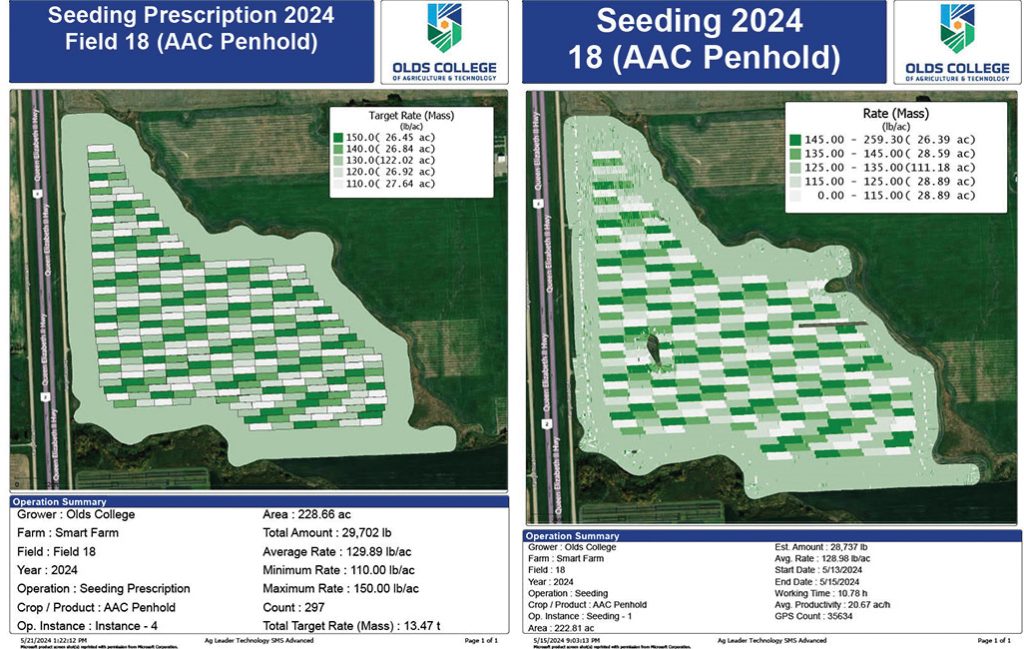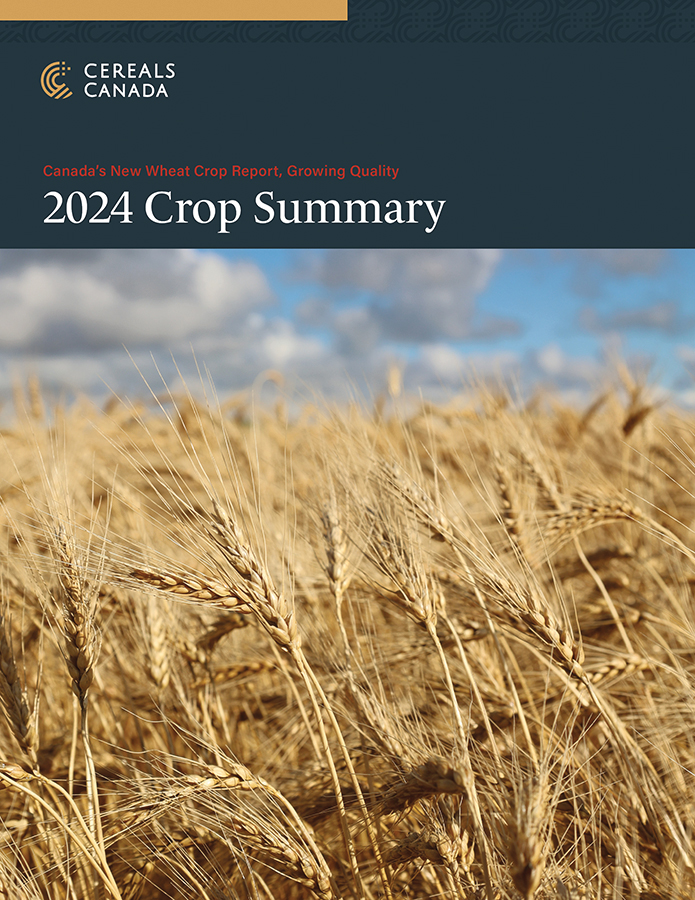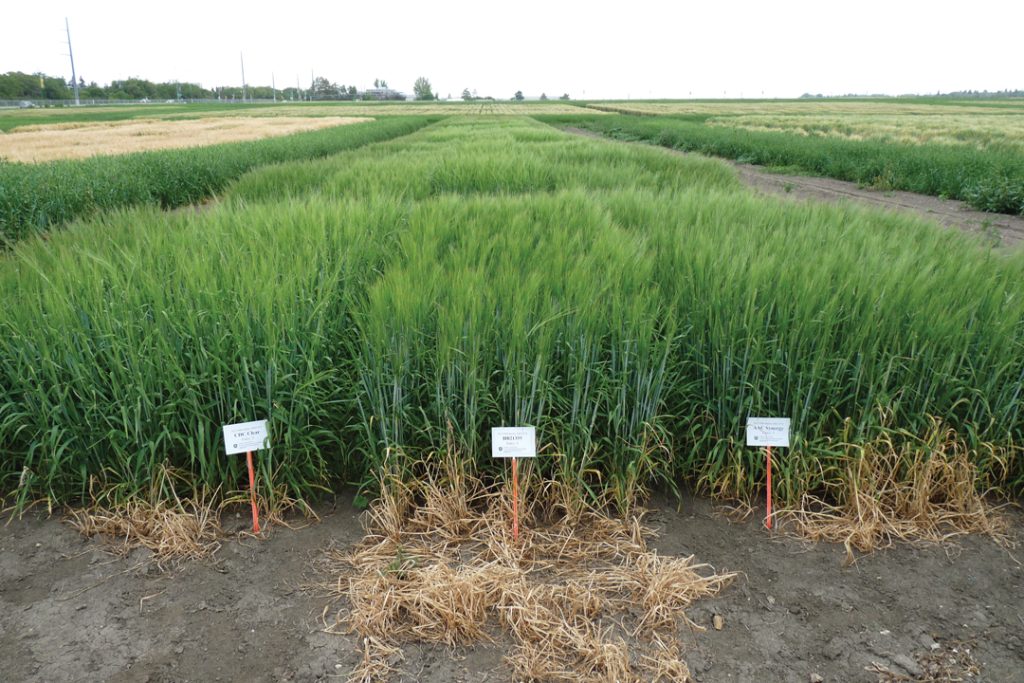ARIF A RESOURCE HUB
Lethbridge Polytechnic was granted its new post-secondary status in September 2024 and has made applied research a high priority since it dropped “College” from its name. Central to this updated focus is the Agriculture Research Innovation Facility (ARIF), which has been in operation since the summer of 2023.













